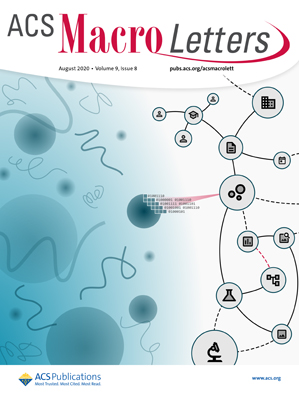High‐performance porous transport layers for proton exchange membrane water electrolyzers
IF 5.2
Q1 POLYMER SCIENCE
引用次数: 0
Abstract
Hydrogen is a favored alternative to fossil fuels due to the advantages of cleanliness, zero emissions, and high calorific value. Large‐scale green hydrogen production can be achieved using proton exchange membrane water electrolyzers (PEMWEs) with utilization of renewable energy. The porous transport layer (PTL), positioned between the flow fields and catalyst layers (CLs) in PEMWEs, plays a critical role in facilitating water/gas transport, enabling electrical/thermal conduction, and mechanically supporting CLs and membranes. Superior corrosion resistance is essential as PTL operates in acidic media with oxygen saturation and high working potential. This paper covers the development of high‐performance titanium‐based PTLs for PEMWEs. The heat/electrical conduction and mass transport mechanisms of PTLs and how they affect the overall performances are reviewed. By carefully designing and controlling substrate microstructure, protective coating, and surface modification, the performance of PTL can be regulated and optimized. The two‐phase mass transport characteristics can be enhanced by fine‐tuning the microstructure and surface wettability of PTL. The addition of a microporous top‐layer can effectively improve PTL|CL contact and increase the availability of catalytic sites. The anticorrosion coatings, which are crucial for chemical stability and conductivity of the PTL, are compared and analyzed in terms of composition, fabrication, and performance.用于质子交换膜水电解器的高性能多孔传输层
氢气具有清洁、零排放和高热值等优点,是化石燃料的理想替代品。利用质子交换膜水电解槽(PEMWE)和可再生能源,可以实现大规模绿色制氢。多孔传输层(PTL)位于 PEMWE 中的流场和催化剂层(CL)之间,在促进水/气体传输、实现电/热传导以及为 CL 和膜提供机械支撑方面起着至关重要的作用。由于 PTL 在氧饱和的酸性介质和高工作电位下工作,因此出色的耐腐蚀性至关重要。本文介绍了用于 PEMWE 的高性能钛基 PTL 的开发情况。本文综述了 PTL 的热传导/电传导和质量传输机制,以及它们如何影响整体性能。通过精心设计和控制基底微结构、保护涂层和表面改性,可以调节和优化 PTL 的性能。通过微调 PTL 的微观结构和表面润湿性,可以增强两相质量传输特性。添加微孔表层可有效改善 PTL 与CL 的接触,增加催化位点的可用性。防腐涂层对 PTL 的化学稳定性和导电性至关重要,本文对防腐涂层的成分、制造和性能进行了比较和分析。
本文章由计算机程序翻译,如有差异,请以英文原文为准。
求助全文
约1分钟内获得全文
求助全文
来源期刊
CiteScore
10.40
自引率
3.40%
发文量
209
审稿时长
1 months
期刊介绍:
ACS Macro Letters publishes research in all areas of contemporary soft matter science in which macromolecules play a key role, including nanotechnology, self-assembly, supramolecular chemistry, biomaterials, energy generation and storage, and renewable/sustainable materials. Submissions to ACS Macro Letters should justify clearly the rapid disclosure of the key elements of the study. The scope of the journal includes high-impact research of broad interest in all areas of polymer science and engineering, including cross-disciplinary research that interfaces with polymer science.
With the launch of ACS Macro Letters, all Communications that were formerly published in Macromolecules and Biomacromolecules will be published as Letters in ACS Macro Letters.

 求助内容:
求助内容: 应助结果提醒方式:
应助结果提醒方式:


